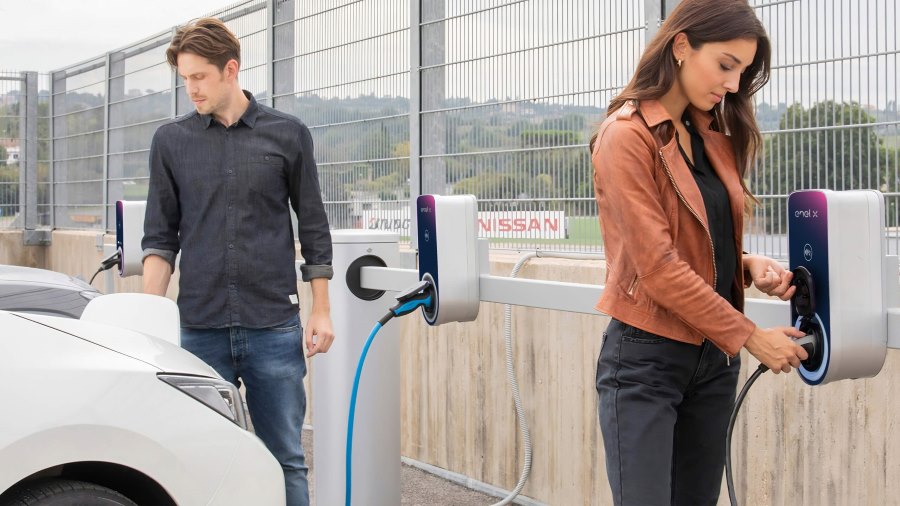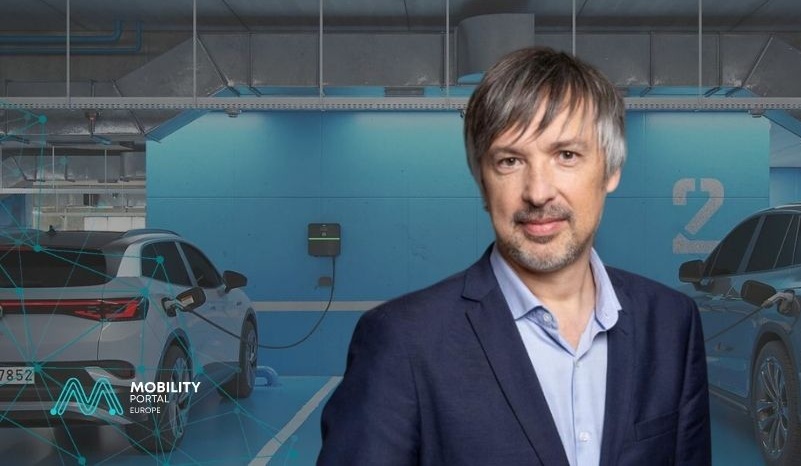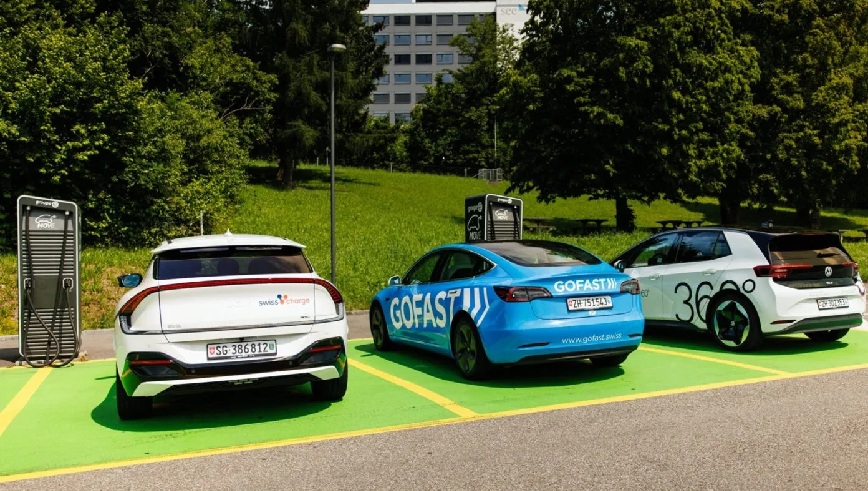In Chile, where the electric vehicle market is undergoing rapid expansion, the standardisation of charging connectors poses a challenge for both the industry and national authorities.
In this context, efforts to unify connector types and the regulations governing their deployment are key to ensuring interoperability and accessibility of the charging infrastructure.
Although the development of this segment has largely followed market dynamics, there has also been significant state intervention.
According to Andrés Barentin, CEO of Dhemax, under the Chilean model, areas with higher demand for charging infrastructure tend to develop more quickly, while regions with lower population density or purchasing power present greater challenges for private developers.
In such cases, Barentin states to Mobility Portal Latin America: “The State would play a role as a facilitator and redistributor of infrastructure”, helping to make projects viable in remote areas where profitability is not guaranteed.

The importance of proactive government policy is undeniable.
For Javier Contador, from the Energy Sustainability Agency, Chile’s lack of a universal charging connector standard stems from the need to keep the “doors open” to the importation of vehicles from different origins and with varying plug types.
This is particularly relevant given that Chile does not manufacture vehicles, and in this context, flexibility in charging standards enables greater short-term interoperability.
Market Trends in Charging Connectors
Currently, the Chilean market is clearly leaning towards two types of connectors: Type 2 for alternating current (AC) and CCS2 for direct current (DC), especially at fast-charging stations.
According to Contador, the country’s installed infrastructure has prioritised these standards due to their compatibility with the most commonly imported EVs, creating a synergy between vehicles and the available infrastructure.

Moreover, Diland Castro, head of the Charging Infrastructure division at Chile’s Centre for Sustainable Mobility (CMS), notes that a major milestone was the publication of Technical Regulatory Specification RIC No. 15, issued by the Superintendency of Electricity and Fuels.
This document stipulates that fast-charging infrastructure in Chile must include at least one CCS2 (Combo 2) connector, thereby aligning the infrastructure with the EVs certified in the country.
Indeed, 87% of public connectors installed in Chile are either Type 2 or CCS Combo 2, clearly reflecting a market trend towards these standards.
Establishing standards is also vital for attracting investment in charging infrastructure.
As Castro highlights, Chile has adopted a regulatory strategy that neither enforces exclusivity nor prohibits technologies, but does establish minimum standards.
This provides operators and manufacturers with a predictable framework that facilitates investment decision-making.
The flexibility of Chilean regulation has been critical to the growth of the EV market, as stakeholders are not forced to speculate on the future of the charging system.
Impacts on Public Charging Infrastructure
A report published by the Superintendency of Electricity and Fuels (SEC) outlines the current distribution and types of connectors installed throughout Chile, noting that most available charging points in the country are AC Type 2 (63.31%) and DC CCS2 (10.23%).
The data also show a predominance of semi-fast charging stations, which comprise the majority of the infrastructure installed nationwide.

As Barentin points out, this expansion must be accompanied by policies that promote the installation of charging points in low-demand and remote areas.
Furthermore, uncertainty surrounding technological evolution and the global preference for various standards could complicate efforts to consolidate a single national standard.
The trend is moving towards consolidating Type 2 and CCS2 connectors, but it is also likely that other technologies will emerge as the global market evolves and new fast and ultra-fast charging needs become more evident.
Chile’s regulatory flexibility regarding standard adoption will enable the country to adapt to these changes while continuing to promote sustainable development.
DISCOVER MOBILITY PORTAL DATA
Discover Mobility Portal Data, a new exclusive market intelligence platform offering reliable data and key reports to support smart decision-making across the automotive sector — covering both combustion and electric vehicles, as well as charging infrastructure.
Research, trend analysis, and neatly organised statistics presented with clarity and precision, alongside up-to-date insights — all just one click away.
With Mobility Portal Data, good decisions are on the horizon.
READ MORE
-
Legislative Boost: Poland to Amend the Law on Electromobility and Alternative Fuels
In a key step towards promoting electric vehicles, the Polish government is discussing a draft bill to amend the Law on Electromobility and Alternative Fuels. What will it consist of?
-
EU Car Output Could Rebound to Post-2008 Peak If 2035 Clean Vehicle Target Is Maintained
The report models the impact of maintaining the EU’s zero-emissions target for 2035 and implementing new industrial policies to boost domestic EV production — such as electrification targets for corporate fleets and support for EU-made cars and batteries.
-
Energie 360° acquires Move Mobility, raising Swiss charging points to over 24,000
The takeover of Move Mobility adds 4,700 charging points, increasing the total to more than 24,000 public and private devices across all Swiss regions. The group now operates the most extensive network across all parts of the country.









